So you are new to mountain biking but ready to dive right in? First thing a beginner in the sport needs to do is understanding more about the sport before buying your first bike and gear.
When I first got into the sport back in 05 I simply purchased the first cheapest bike I could find and got running. All I knew about mountain biking at that point was there were trails in the woods with features.
In this article we are going to cover Cross country (xc), Downhill (dh), Dirt jump, All Mountain (Enduro), and Free ride. We will breakdown the differences between the disciplines, the bikes needed and special gear where required.
Cross County
This is the most common form of mountain biking especially for beginners and even the safety conscious rider. Cross country mountain bike trails consist of a variety of trail conditions.
A rider can expect to ride on single track, fire roads, gravel roads and potentially even some greenway in between trail heads. Typically these trails are setup multiple riding abilities in mind.
More often than not, especially at the larger parks with trails you will have a combination on beginner, intermediate and advanced trails.
Cross Country (xc) bikes
As cross country riding is one of the most common forms of mountain biking you can basically get away with riding just about anything. Of course depending on what you select your comfort will be
Cross Country (xc) gear
As cross country riding covers a variety of trails in a variety of locations depending on where you are riding will depend on the type of gear you will need for your ride.
Cross Country Helmets
One of the main components of gear for riding XC is a solid helmet. While you can simply get away with a standard Walmart helmet you might want to consider a trust worthy solid helmet.
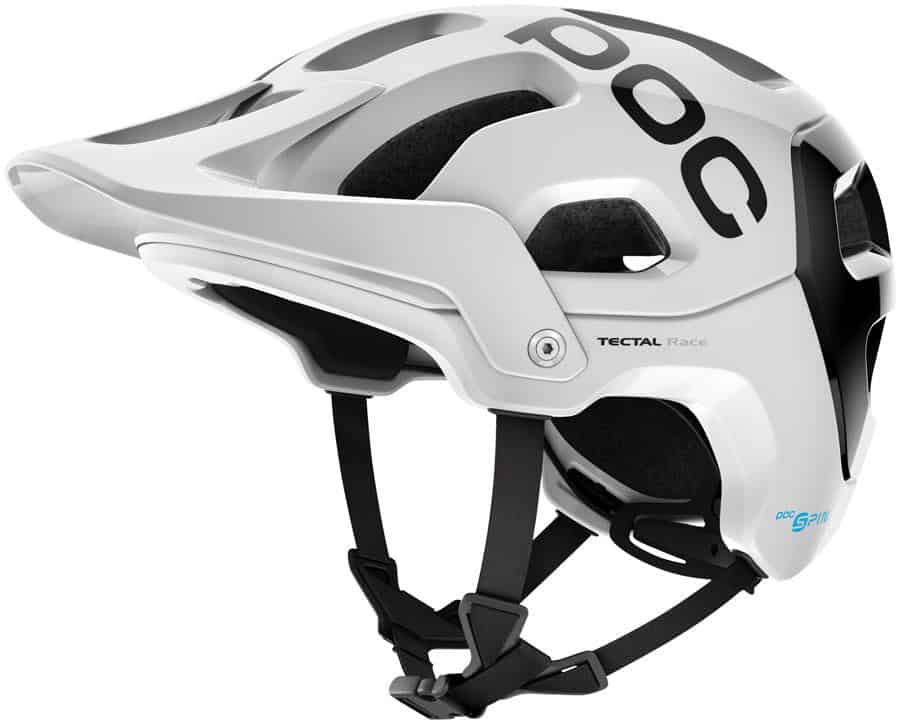
Worldwide Cyclery has a wide variety of tried and true helmets you can purchase to help get your ride started.
Shorts for riding XC
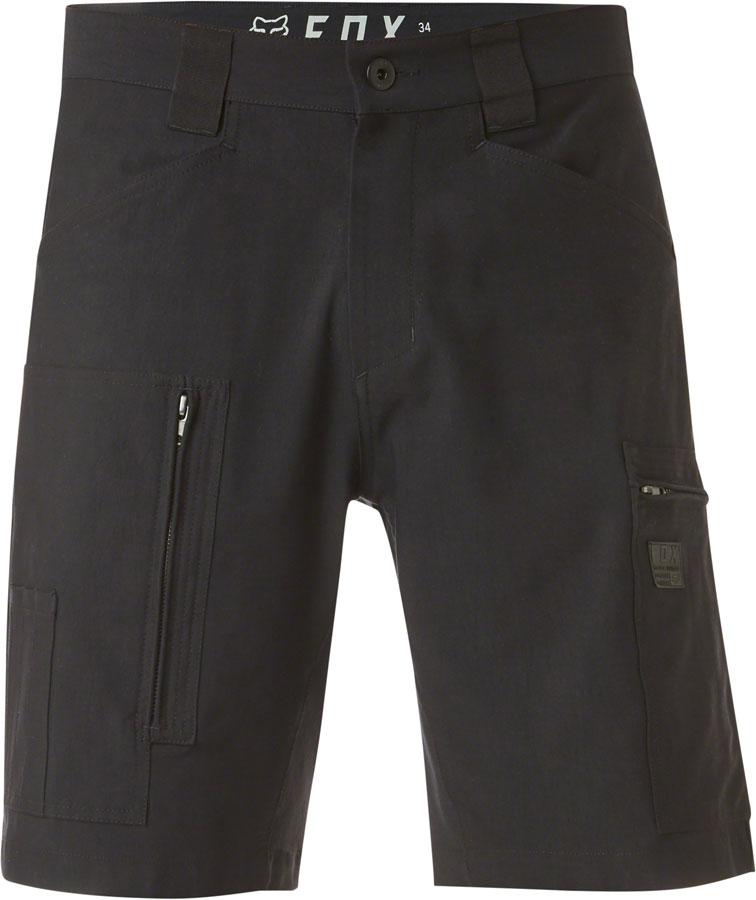
Your basic beginner gear will consist of a good pair of mountain bike shorts. You are going to want to ensure you get a pair of padded shorts for you ride..
When it comes to mountain bike shorts you are going to want to think about your ride. You need to think about length of ride when choosing your shorts.
If it is going to be a short one day ride you can get away with an all-in-one type of short. If you are going for a multi-day mountain bike and camping getaway you are going to want to try a pair of shorts with separate liners.
This is what our crew does when we go for our longer trips.
Eye protection for XC rides
When you are out flying through back country trails or local parks, mountain bikes tend to kick up a ton of dust, dirt, mud and other debris. It is essential to ensure you pack some eye protection while preparing for rides.
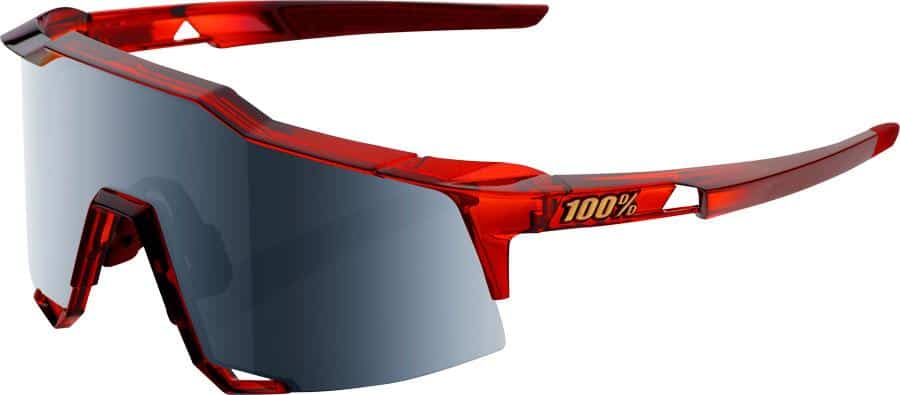
The key is to bring the right gear for the situation. If you are going to be deep in the thicket then some clear protective glasses will do you just fine.
If you are going to be in a location with a ton of sunlight, well then you are going to want something with shade built in to protect your eyes.
Hydration for XC rides
With cross country mountain biking you have a wide variety of length of trails to ride your hydration needs will vary and thus your hydration systems will vary as well.
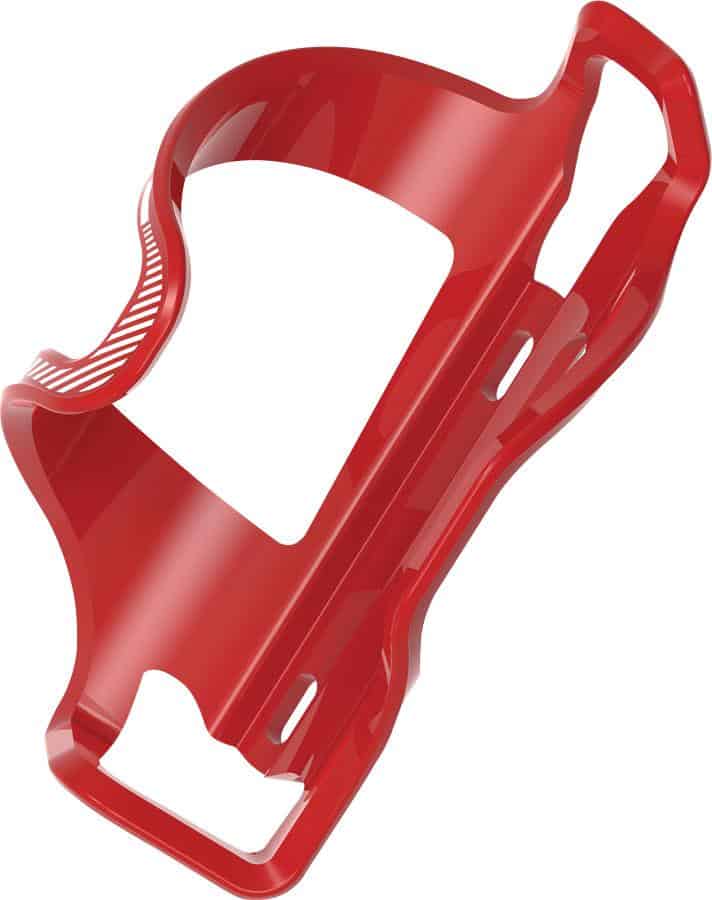
If your just out for a simple and quick ride you could get away with an inexpensive bottle cage that is mounted to the frame of the bike. The key is to make sure you don’t go to cheap.
While the cost of the cheap plastic ones found at your local Wal-Mart or Target will seem like a good idea at first. On the more basic trails this will work out great but the moment you hit anything with consistent jarring your in trouble.
Countless times while out for a ride with these cheaper cages I will hit a nice stretch of flow-y trail with some big hits and my water or Gatorade bottle goes flying.
Nothing worse than the sound of your stuff sliding through the leaves while flying down the trail. Inevitably it happens mid way through the down hill section leading you to stop, park the bike and hike back up the trail to find your stuff.
If you want to stay away from the cages you can find a wide variety of hydration packs that could be useful for you. They have packs with smaller bladders for short rides and less storage as your needs for storage is also limited on shorter rides.
For the longer rides you can buy the bigger hydration packs like this one I got for Christmas on Amazon. It has a 3 liter bladder as well as a ton of storage space.
Racing
A quick search online will land you a number of results for this kind of racing. These are typically events setup on a specific trail or set of trails where riders must complete a certain numbers of laps.
They typically are setup to cater to multiple levels of riders and my suggestion is to go into it initially with the main goal of finishing and gaining experience.
Once you get a feel for the style and speed of racing then you can change up your goals to beat certain time goals or even finishing within a certain % of your grouping whether you are looking at Age, gender or a combination.
Downhill
This discipline can sometime get misconstrued by beginners as a portion of trail that you can ride while doing cross country as well. While cross country mountain biking has sections of down hill they aren’t all down hill.
The Downhill discipline of mountain usually consists of being shuttled up to the trail head or taking a lift up at a bike park which has grown in popularity.
A downhill trail will have some of the same features that you might find on a cross country mountain bike trail minus the long up hill climbs.
This is not to say there won’t be some sections of the trail that don’t go uphill but these sections are usually short and your speed pushes you through these sections with no need to pedal.
Downhill mountain biking is something that can happen just about anywhere nowadays. There are ski slopes that have now turned their summertime slopes into sick downhill parks where you need a lift to get to the top.
Another form of downhill is urban mountain biking where they setup courses that navigate city streets, stairwells alleyways and more. They often have jumps for the riders as well as sections to transition off walls as they navigate through a course lined with spectators cheering them on.
Downhill bikes
Downhill bikes at first glance may look very similar to that of the XC mountain bike. If you look very closely you will see some very subtle differences that bake a huge difference.
While you may get away with using your same cross country bike if you are going to do a ton of downhill you will want to go out and grab a downhill specific bike.
The downhill mountain bikes are designed to soak up everything that the downhill trails can throw at you while allowing the rider to fly to the bottom.
This durability comes with a cost and usually leads to most downhill riders shuttling or taking a lift (where available) as the bikes are usually harder on uphill climbs than your XC mountain bike.
Full Face helmet
While the Cross Country mountain biker can get away with a standard helmet unless they want to go extreme. Downhill mountain biking however requires a full face helmet to protect your grape.
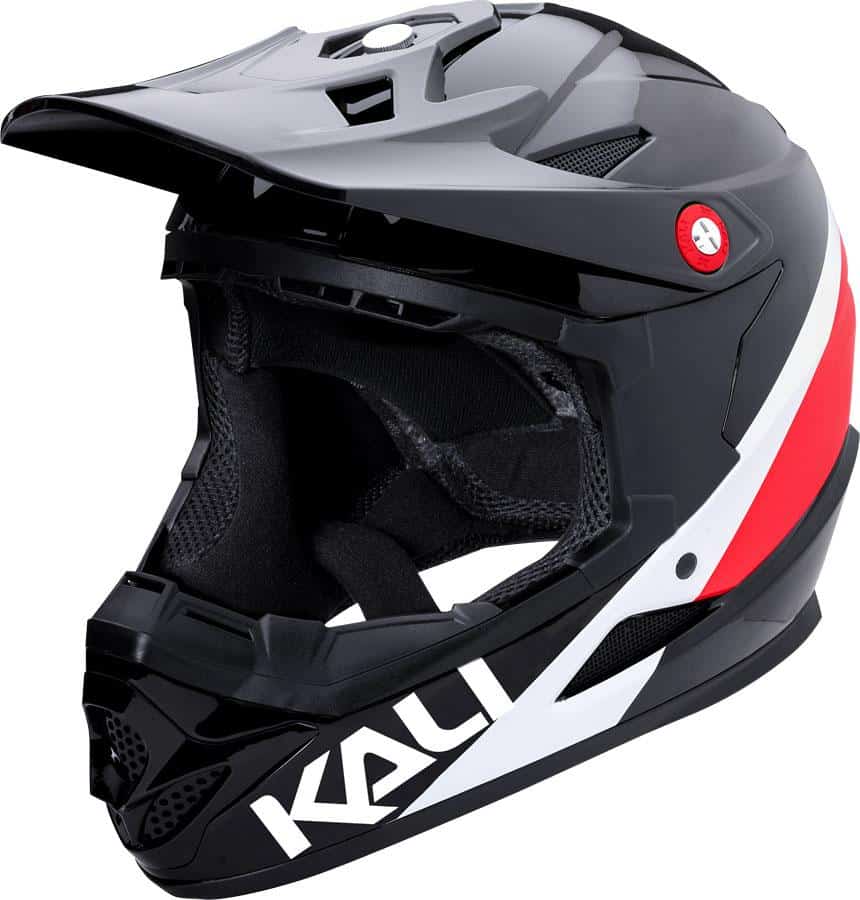
Downhill is fast and the most important thing for you to do is to protect your grape from being turned into jelly. There are a wide variety of options to choose from with a wide range of cost.
Eye protection for Downhill rides
While you can get away with some standard safety glasses or sunglasses while cross country mountain biking, they won’t work very well while riding downhill. This is where goggles come into play.
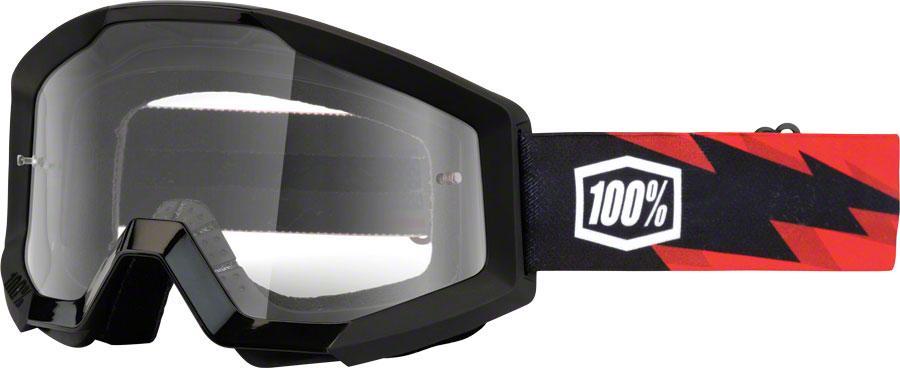
With the goal of downhill to fly as fast as you can you want to ensure your eye protection stays in place. Goggles come with clear lenses as well as shaded lens’s if you need them.
Gloves
If you are going to be taking more than one lap you are going to want a solid pair of gloves. Unless you already have cal-uses built up or you don’t mind taking breaks in between rides gloves are a must.
With the amount of weight and pressure put on your palms while flying down the trail if you are not careful you will end up with blisters. Blisters mean downtime in regards to riding while you wait for them to heal.
That is unless you love pain, in that case get out there and ride bare!
Shorts
While initially you can get away with the same shorts as you were using in cross country mountain biking there are Downhill specific Mountain bike shorts available as well.
The Downhill mountain bike shorts or pants come with additional built in padding and/or armor to help protect the riders.
Armor
Outside of shorts and helmets riders who are looking into Downhill mountain biking may also want to look into some additional armor for protection against crashes.
If you are getting to the point where you are just flying your standard gear just might not cut it in terms of protection. These items consist of elbow pads and knee and shin protectors.
Dirt Jump
So I know what your thinking, I’m a dirt jumper! I hit jumps on trails all the time. Well…Yeah…But No!. While most trails have some form of jumps built into the trail a xc mountain biker isn’t a dirt jumper.
While cross country mountain bikes and downhill mountain bikes take some abuse Dirt Jumper mountain bikes take a lot more abuse as you are usually in the air a lot longer.
While some trails may have some jump sections to really do full on dirt jumping without the XC bits to get there, you are probably going to have to locate a park specifically setup just for this.
Freeride
Freeride mountain biking is simply all about having fun, trying to get big air where-ever you can and once you are in the air doing crazy tricks. This is something I don’t know if I will ever get to do as mentally I think walk away every time.
Now don’t get me wrong, I love getting air when I can but there is a limit to just how big I think I will ever be able to go. I love watching the videos however and watching people do some crazy stuff, however I will simply leave it to everyone else while I stay a little lower to the ground.
Freeride gear
The gear you will need here is the same as you would for cross country in regards to helmets, shorts, gloves, eye protection etc. Nothing here is specific to just Free riding as free riding is a hybrid or spinoff of cross country riding.
Frequently asked questions
Q1. How do I choose the right mountain bike?
A1. The key here is to understand which style of mountain biking you are looking to get into. While there are several bikes that could work for multiple disciplines you are going to want try to narrow down it down before picking.
You are also going to want to ensure that you get the proper size bike as this makes a huge difference as to how you will feel during and after a ride. Too small of a bike can lead to knee problems and too large of a bike can lead to back problems.
There is also the fact of controlling the bike on the trail which is made harder when not riding the correct size bike.
In closing….
Regardless of which discipline you choose to attack in mountain biking you are in for a ton of fun. It’s a way to decompress from the daily grind and reconnect with friends and family who are also into riding.

